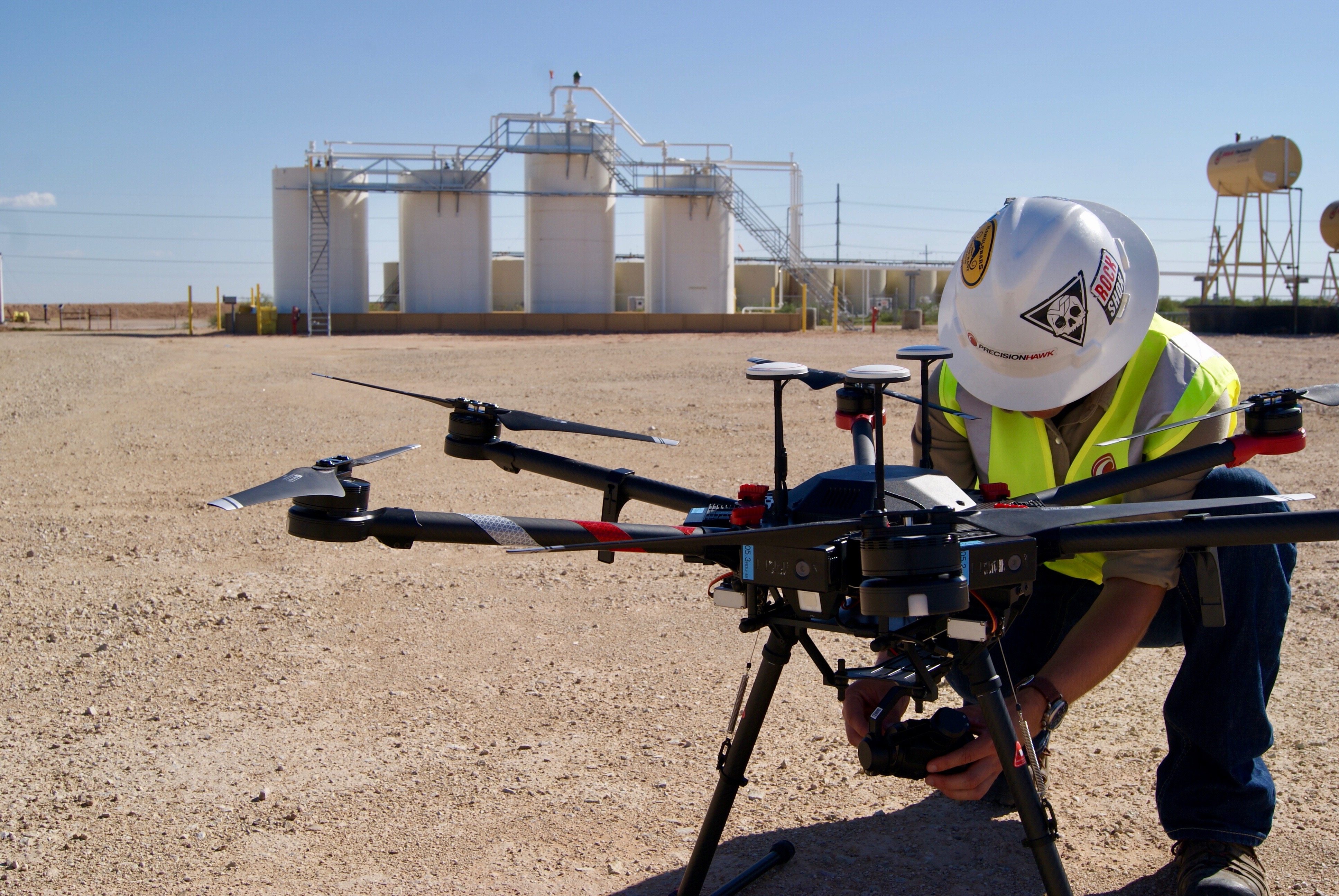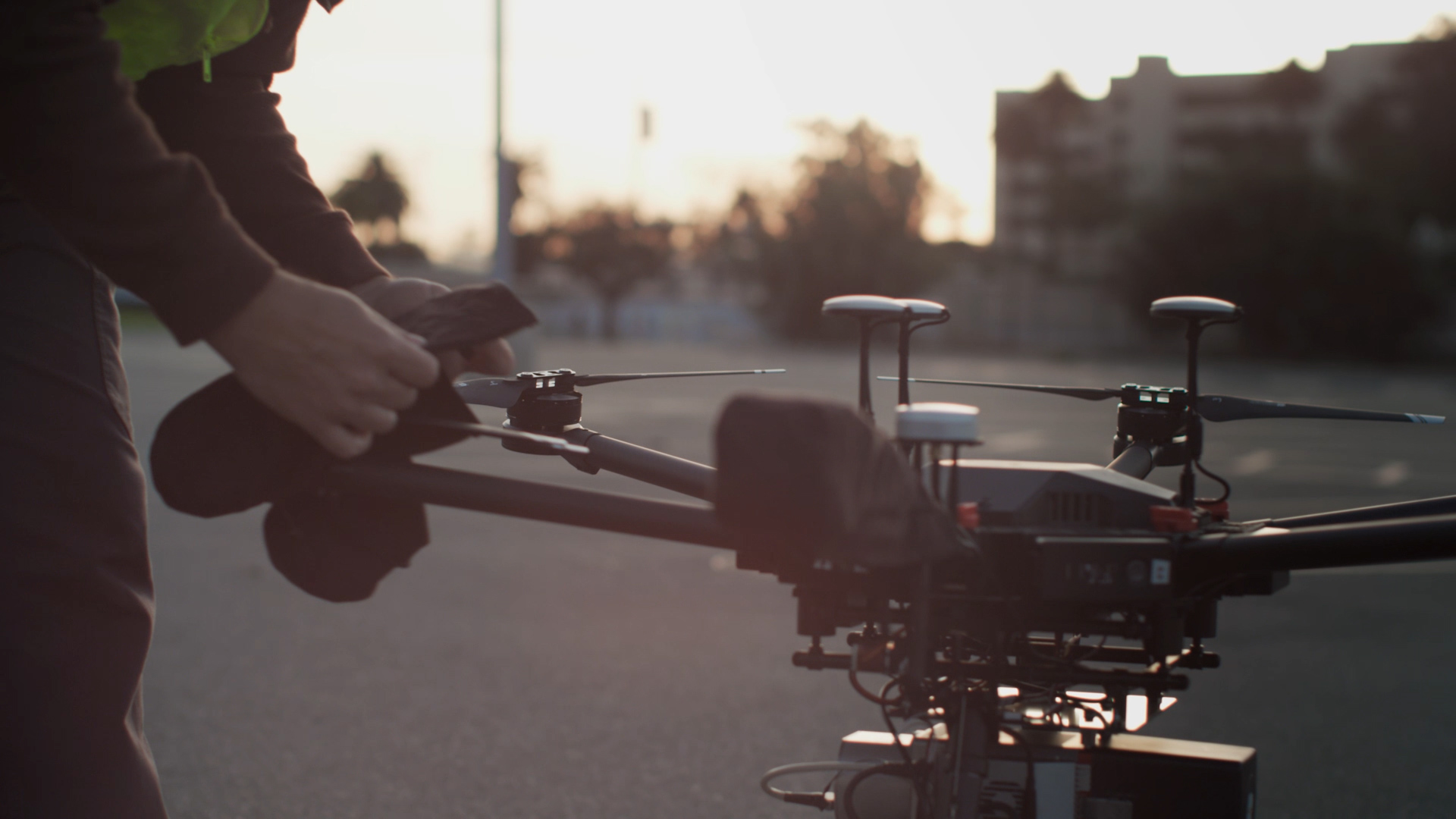The following is an excerpt from “Making a Successful Business Case for Drone Technology,” a whitepaper that provides guidance for developing a business case that articulates the problems with the current situation and demonstrates the benefits of drone technology. Download the full whitepaper to learn how to develop your own business case for drones.
Now that you’ve answered four basic questions about adopting drone technology and established a strong business case for using drones, the next step is to craft a compelling presentation. Whether writing a document or creating a presentation, your business case should include these sections:
- Executive Summary
- Problem
- Solution
- Objective, Goals, and KPIs
- Financial Analysis
- Intangible Value
- Governance
- Recommendation
Last time, we examined parts 1- 4, from the Executive Summary to analyzing Objectives and KPIs. Today, we’ll look at Financial Analysis, Intangible Value, Governance and Recommendation.
Financial Analysis
A financial analysis should compare project costs against the forecasted benefits. It should ensure the project is affordable and consider every cost associated with the project. You are assessing value for the money invested as well as predicting cash flow and return on equity (ROE). For example, you may want to show how better asset utilization or increasing inventory turnover translates into higher sales numbers, which can result in higher total revenues. Assuming costs remain the same or decrease, higher revenues ultimately increase net income, which raises ROE. When you prepare the financial appraisal, seek advice on content and presentation from your company’s finance team. At a minimum, include the following:
- Dollar value of quantifiable benefits for each step in the data value chain
- Dollar cost of achieving benefits: include a low, medium, and high estimate for each year
Consider also including these:
- Total impact on income—stated either in EBITDA or net earnings
- Impact on inventory turnover and return on equity
- Impact on cash flows—operating and total
- Financial value—discounted pre-tax income and/or depreciation

Intangible value
This section describes secondary benefits of the financial value. These can be quality improvements, robotics initiatives, aviation modernization, or even outcomes like improved competitiveness, improved customer service, and/or operational alignment to corporate strategy. Consider covering these topics:
- Customer engagement (privacy, safety, security)
- A foundation for future innovation
- Regulatory compliance
- Standardization and automation for future scale and speed
- “Halo-effect” of the program (good PR or strengthened brand, improved safety, become more data driven, driving digital transformation, etc.)
This part of the business case should also include any people, process, or technology limitations since these can be potential risks to the project. Sometimes this is called a “sensitivity analysis” and concerns project risk. It looks at alternative resource allocations (such as CAPEX or personnel assignments) by measuring the impact on project outcomes or how values for which you are uncertain may change. In effect, sensitivity analysis lets the project accountant experiment with possible scenarios.
Governance
This section of the business case should define how you’ll record and update the project governance board on project status and performance. If your organization does not use a structured project management process framework, use this section to define:
- Roles and responsibilities in the project (the project team and stakeholders)
- Any standards that the project will take into account
- Review points and how decisions are made
- Progress reporting

Recommendation
Finally, articulate the preferred option, summarize its risks and costs, and justify the factors that recommend it. This section should be a short bottom-line summary of the financial analysis and the proposed implementation schedule. Be sure to include:
- Total investment (CAPEX, OPEX)
- Total benefits (income statement, balance sheet)
- Total financial returns (NPV, NPV of cash flows)
- Timeline for implementation (milestones, key activities, program duration)
This section should also wrap up a persuasive argument for the drone-based solution vs. the alternatives. You should briefly revisit the criteria in the "Problem" section, and state, summarily, how a drone solution meets or exceeds those criteria. If you are using a service provider for all or part of the project, you should include the benefits of using their services. For example:
- Relevant strategic consultancy: Reduces the financial, safety, and security risks associated with adopting new data technology
- Safe and compliant data collection: Reduces hazardous man hours for field staff and ensures field operations are compliant with complex and fluid regulations around airspace and unmanned commercial aircraft operations
- Scalable and secure data collection: Allows quick deployment of large-scale data collection initiatives, without the time, costs, and resources associated with insourcing
- Efficient data collection and analysis: Reduces the time, cost, and resources required to collect and analyze geospatial data
- Accurate, precise, and rich data and analysis: Improves the accuracy and fidelity of data analysis and reporting
This section includes your implementation approach. Outline the plan with a brief timeline for project development and completion, including major milestones. For governance and progress tracking, describe who is responsible for managing the project and who is accountable for supporting it. Indicate how you’ll measure and report progress.
Download our white paper “Making a Successful Business Case for Drone Technology” to access an exhaustive list of value drivers and read more about the business case template.



